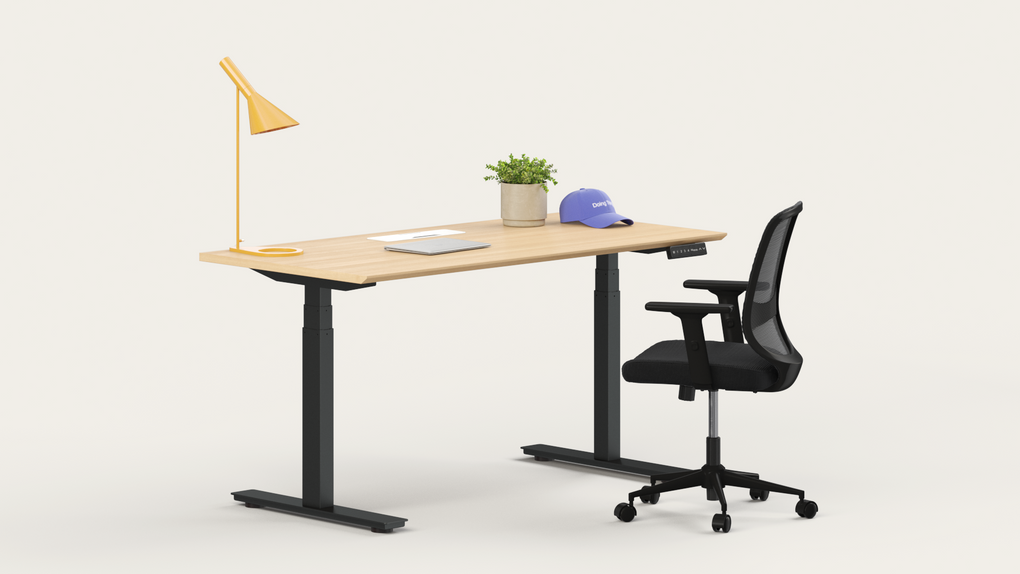5 Scheduling Methods To Help You Get More Out Of Your Day

We’re all juggling stacks of stuff in life and at work. But between Zoom calls, Slack messages and our never-ending inbox, it can feel challenging to get in the zone and stay focused.
While to-do lists and task management software are a great start, the key to kicking your productivity goals is this: knowing how to structure your day. Why? Well, it’s pretty tough to meet deadlines and due dates when you’re constantly navigating interruptions and ‘quick calls’.
The good news is that organising your day in a way that works for you is easier than you think. All of us have a different working style, which is why we’ve rounded up five helpful scheduling methods to help you find what works best for you.
Ready to take control of your day once and for all? Let’s dive into five practical strategies to help you boost your productivity and get more out of your day.
The Time Blocking Method
Did you know that it can take you up to 23 minutes to refocus after being interrupted at work? That’s why blocking out your calendar to focus on one specific task at a time can be a helpful way to smash through our to-do list.
That’s exactly what the time blocking method is all about. It involves mapping out 30 to 90 minutes blocks (or even longer for super chunky tasks) and tackling one thing at a time.
The most common way to do this is to task batch (a.k.a. Group similar small tasks together into specific blocks of time). Take this example: instead of jumping in and out of your inbox throughout the day, you could dedicate 20 minutes at the beginning and end of your day to respond to emails instead.
Ready to try the time-blocking method? Here are four key steps you need to take:
-
Write out your list of top priorities: start your week by getting clear on what you need to prioritise. This will help you schedule your most important work into your calendar at the times of day when you’re the most productive and focused.
-
Create a template for your day: this step is all about adding balance into your calendar and scheduling time for breaks, rest and movement. Make sure to schedule a proper lunch break and add smaller breaks between tasks to go for a walk, get a coffee or stretch at your desk.
-
Block out deep work time: this is super important as deep work sessions allow you to work without distraction for long stretches of time. Whether you’re working on a strategy, proposal, report or anything in between, make sure to put a few deep work slots into your calendar each week.
- Batch your meetings: one of the biggest drains of our energy and time can be frequent meetings. So, do your best to set meeting free times (or even days of your week) so you can guarantee uninterrupted blocks of time to get in the zone.
The Most Important Task Method
As the name suggests, the Most Important Task (MIT) method is all about honing in on your biggest priorities. It involves pinpointing one to three crucial tasks to focus on each day and prioritising these at the start of your workday.
Rather than getting caught up in your inbox or jumping between tasks, this MIT method is about focusing your attention on the most important tasks on your to-do list.
Once you’ve completed your MITs for the day, you can then move on to the rest of your smaller to-do list items.
The power of this scheduling method is that it ensures you’re ticking your biggest priorities off your list each day, rather than letting them drop off your radar.
The Pomodoro Method
Do you like tackling your to-do list in short, focused sprints? Then you’ll be a big fan of the Pomodoro Method.
This scheduling method uses short bursts of productive work and small breaks to keep you focused and on track.
Here’s how to follow the Pomodoro Method:
- Decide what task you want to work on
- Set a timer for 25 minutes
- Work on that task without distraction until the timer ends
- Take a short, five-minute break
- Repeat four more times and then take a longer 30-minute break
This method is fantastic if you dread working on tasks for long periods of time. It allows you to chip away at big projects over a number of short sprints or smash out tasks sooner than you might have thought possible.
90-Minute Focus Sessions Method
Have you heard of a thing called ‘ultradian rhythms’? In a nutshell, our bodies work on cycles with peaks and troughs in our energy levels.
By using the 90-minute focus session method you can harness these cycles to your advantage and get more done.
Here’s how it works: by getting to know when you feel the most and least energised during your day, you can schedule 90-minute sessions of focused work at your most productive times.
In between, you can take 20 to 30-minute breaks to recover (ideally at the times when you’re feeling least energised). It’s all about working with your body’s natural rhythms, not against it.
Polyphasic Sleep Method
We’ll be honest, this scheduling method is a little out there. But, if you geek out on productivity hacking, this might be one to try.
While most of us are monophasic sleepers (a.k.a. We sleep for one chunk of time per day), there are other ways to get your rest in. The polyphasic sleep method is one of the most unique approaches and involves breaking your sleep into multiple periods of sleep across your day.
That could be a 20-minute nap between tasks or a few longer naps scattered throughout a 24-hour period.
Some say it has the ability to make us more productive and focused, and can even help us get more sleep throughout our week. However, it’s a tough approach to follow and takes a lot of dedication to get it right.
When it comes to boosting your productivity, being strategic about how you schedule your day is essential. Figure out your working style, find a scheduling method that works for you and give it a crack.
Plus, your office space is just as important as how you schedule your day. That’s why we’ve launched a new range of office furniture to help you do your best work, wherever you are.







